Science news in brief: How a microscopic creature could stop our cells from dying
And a roundup of other stories from across the world
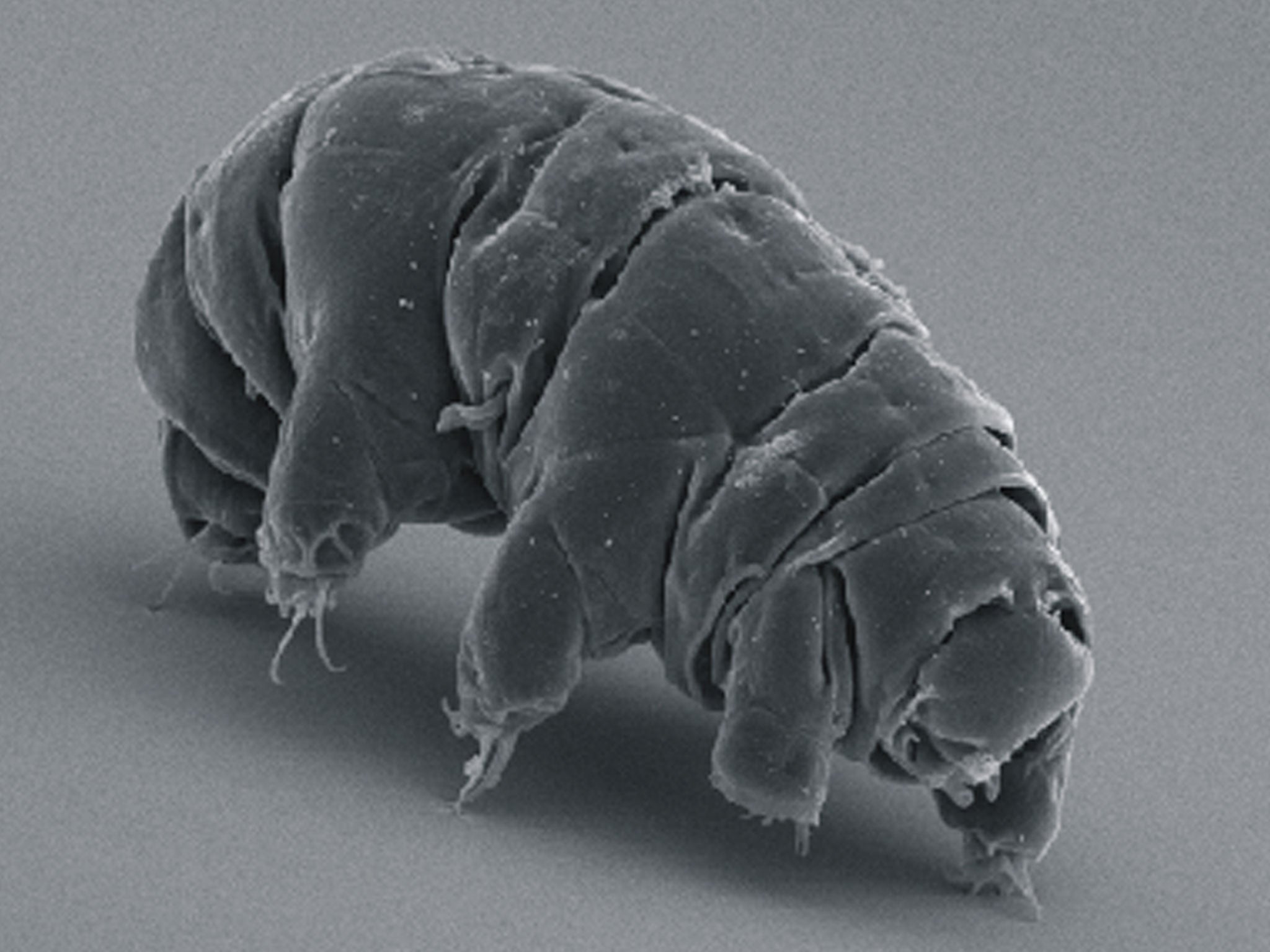
Your support helps us to tell the story
From reproductive rights to climate change to Big Tech, The Independent is on the ground when the story is developing. Whether it's investigating the financials of Elon Musk's pro-Trump PAC or producing our latest documentary, 'The A Word', which shines a light on the American women fighting for reproductive rights, we know how important it is to parse out the facts from the messaging.
At such a critical moment in US history, we need reporters on the ground. Your donation allows us to keep sending journalists to speak to both sides of the story.
The Independent is trusted by Americans across the entire political spectrum. And unlike many other quality news outlets, we choose not to lock Americans out of our reporting and analysis with paywalls. We believe quality journalism should be available to everyone, paid for by those who can afford it.
Your support makes all the difference.There are many instances in medicine when it would be helpful to stop, or greatly slow down, time. Doing so could spare a limb from amputation or save your life following a heart attack.
Many organisms can essentially cheat time by decelerating their biology. Chief among them is the tardigrade, a creature no bigger than a speck of sand that can survive severe temperatures and pressures, outer space and all sorts of apocalyptic scenarios by entering a dormant state called anhydrobiosis.
A team at Harvard Medical School is studying tardigrades in hopes of finding medical treatments that halt tissue damage. In particular, the scientists are drawing inspiration from special proteins suspected to help tardigrades achieve suspended animation. They aim to synthesise a version of these proteins that can enter human cells and pause processes leading to cell death.
“When somebody is wounded, there’s a window of time they have to get to a medic or a hospital. So our overarching goal is: how do you prolong that time?” says Pamela Silver, a professor of systems biology.
Also known as a water bear or moss piglet, a tardigrade looks something like a croissant with eight pudgy legs under a microscope. The invertebrates live just about anywhere there is water.
During anhydrobiosis, tardigrades curl into a desiccated ball called a tun and lower their metabolism to 0.01 per cent of normal. They can stay as tuns for decades and resume business as usual almost immediately after being rehydrated.
In 2017, scientists discovered unique proteins, called tardigrade-specific intrinsically disordered proteins, that might help put the creatures’ cells in a protective state during anhydrobiosis.
It is still unclear exactly how these proteins work, says Roger Larken Chang, who directs Silver’s lab. Preliminary research suggests that they might form a biological glass that physically immobilises everything in a cell during periods of stress.
To lay the groundwork for engineering a new synthetic protein, Silver and Chang teamed up with Debora Marks, a computational biologist at Harvard whose lab has created an algorithm that can search millions of protein sequences for recurring patterns.
“You can use that, in turn, to understand things about protein structure, function, effects of mutation or, even more so, to generate sequences for design,” Marks says.
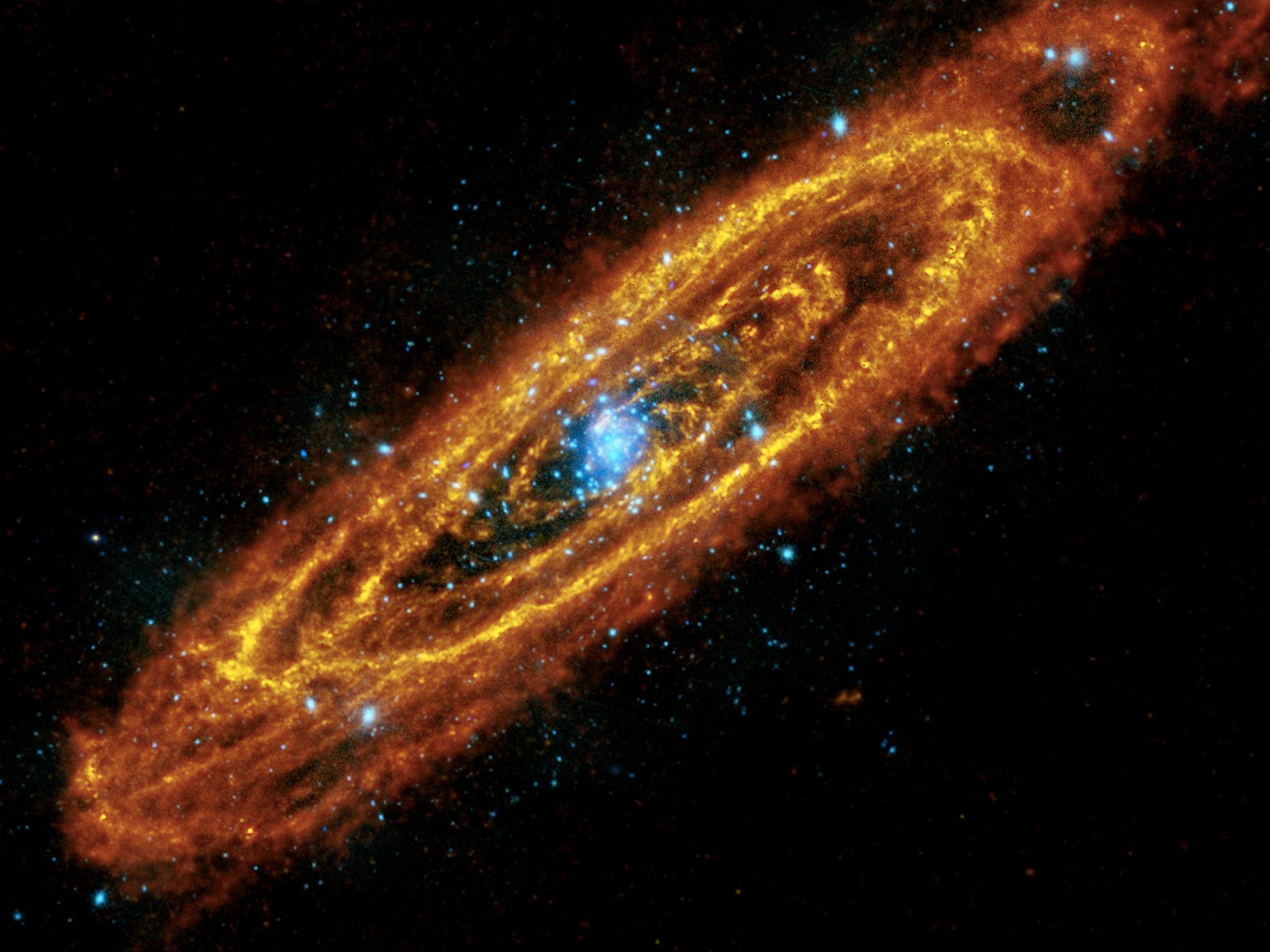
The end of the world is 600 million years behind schedule
The apocalypse has been postponed.
Astronomers have long known that the Andromeda galaxy, aka Messier 31, a swirling city-state of 1 trillion stars – plus all the accoutrements of gas, dust, dark matter and black holes – is rumbling through the cosmos right towards us at 68 miles per second.
Five years ago astronomers using the Hubble Space Telescope calculated that M31 would hit our Milky Way galaxy head on 3.9 billion years from now.
That collision, they say, would initiate a series of do-si-do encounters that would splash streamers of stars and gas across space, and end with the two galaxies merged into a single, supergiant globe of stars.
New data have now revised this forecast. It turns out that the Andromeda galaxy is also going about 20 miles per second sideways. As a result, it will take a more winding path towards us, won’t arrive for another 4.5 billion years and won’t hit so hard, at least not at first, according to a paper in the Astrophysical Journal.
“The earlier results suggested a more head-on collision, and the new results suggest a more glancing blow,” writes Roland van der Marel, of the Space Telescope Science Institute and lead author of the paper, in an email.
But the ending will be the same, he says: the merger of both galaxies into a cosmic monstrosity.
So enjoy the extra half-billion years here in the tranquil suburbs of the Milky Way.
This reprieve, if it can be called one, is the latest titbit in a cornucopia of data from Gaia, a European spacecraft tasked with measuring the precise positions, velocities and other attributes of more than a billion stars in the Milky Way and other nearby galaxies.
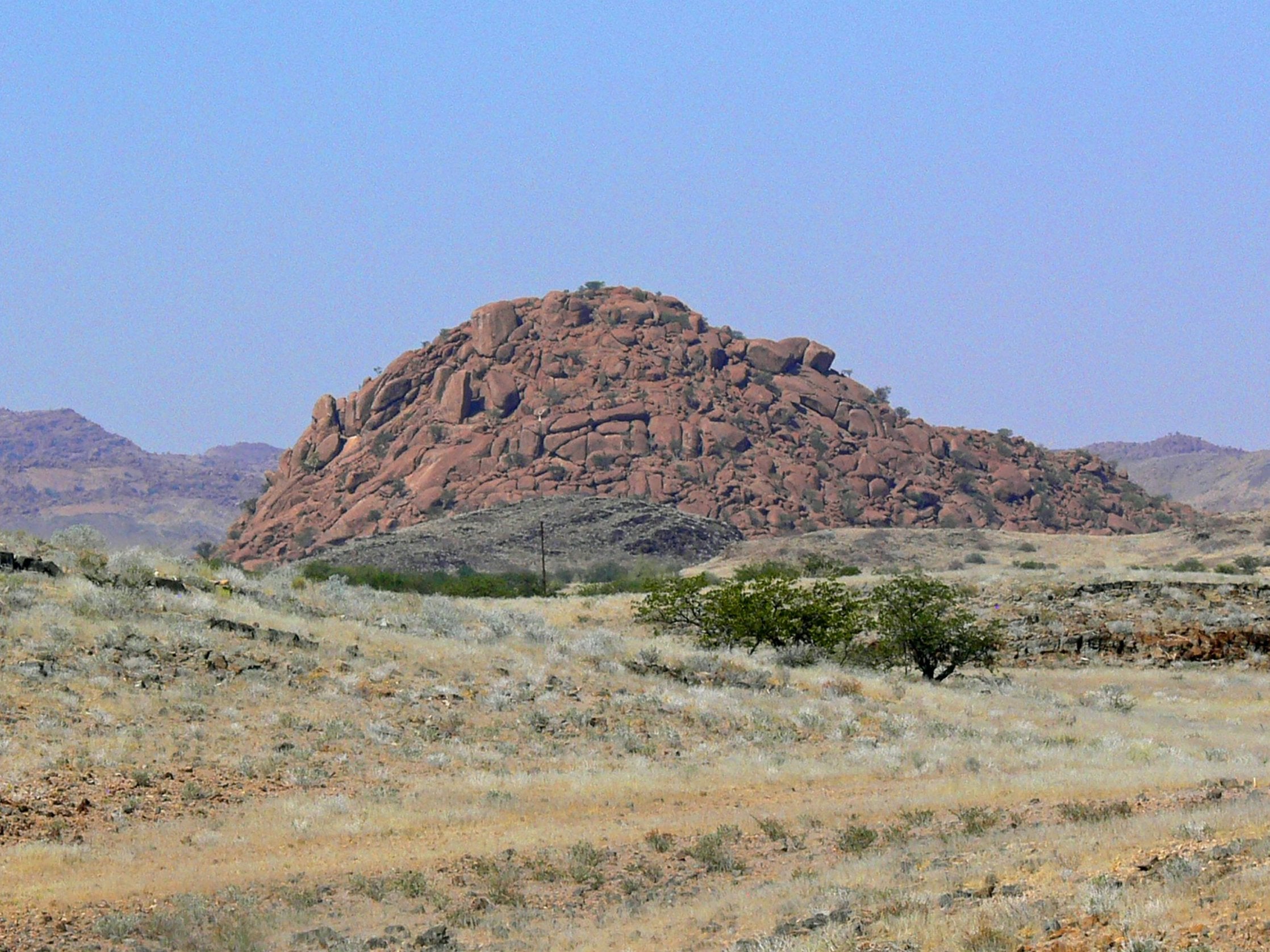
The unlikely superhighway of ice from Namibia to Brazil
Namibia is famed for its deserts, including the world’s oldest, a vast expanse of undulating, scorched sand dunes occasionally visited by an ethereal fog. But around 300 million years ago, Namibia was frozen and located near the South Pole, smooshed against what is now South America within the emerging Pangaea supercontinent.
There, it was a superhighway for fast-moving ice, as glacial fragments slipped away from a colossal ice cap in southern Africa, and carved signatures in the underlying rock as they sped into what is now Brazil. The two countries today are separated by roughly 3,500 miles of Atlantic Ocean. But a team of researchers reported recently in PLoS One that they had pieced together a picture of this ancient flow of ice between the two landmasses.
The key piece of evidence came in the form of lacerated Namibian hills formed long ago by the migration of glaciers and icy rivers. This study features some of the oldest descriptions of these ice-formed sculptures, and it is the first time they have been described in southern Africa.
“Trying to identify such ancient features in the geological record is a tremendous challenge,” says James Lea, a lecturer in glaciology at the University of Liverpool who was not involved in the study. But if the findings are confirmed by additional fieldwork, he says, “their preservation represents a minor miracle, and provides a fascinating insight into the behaviour of a largely lost ancient glacial landscape.”
Graham Andrews, an assistant professor of geology at West Virginia University and an author of the study, and Sarah Brown, also a geologist and co-author, and his wife, found their evidence by serendipity.
During field research in Namibia’s northern deserts, they were out looking at volcanic rocks. On the last day, some especially curved hills caught Andrews’ eye.
To him, they looked like drumlins, sedimentary castles that dot parts of his native Northern Ireland. They typically are built when the sediment dragged along by glaciers falls off and accumulates in a stretched-out pile.
Back at home, he proposed his “completely crazy” idea to a pair of students.
Andrew McGrady, one of the two students, used satellite imagery to help classify nearly 100 of these strange sedimentary features. Some of the more elongated forms are called whalebacks, and the largest are called megawhalebacks. Their outlines generally matched other surface features crafted by glaciers around the world.
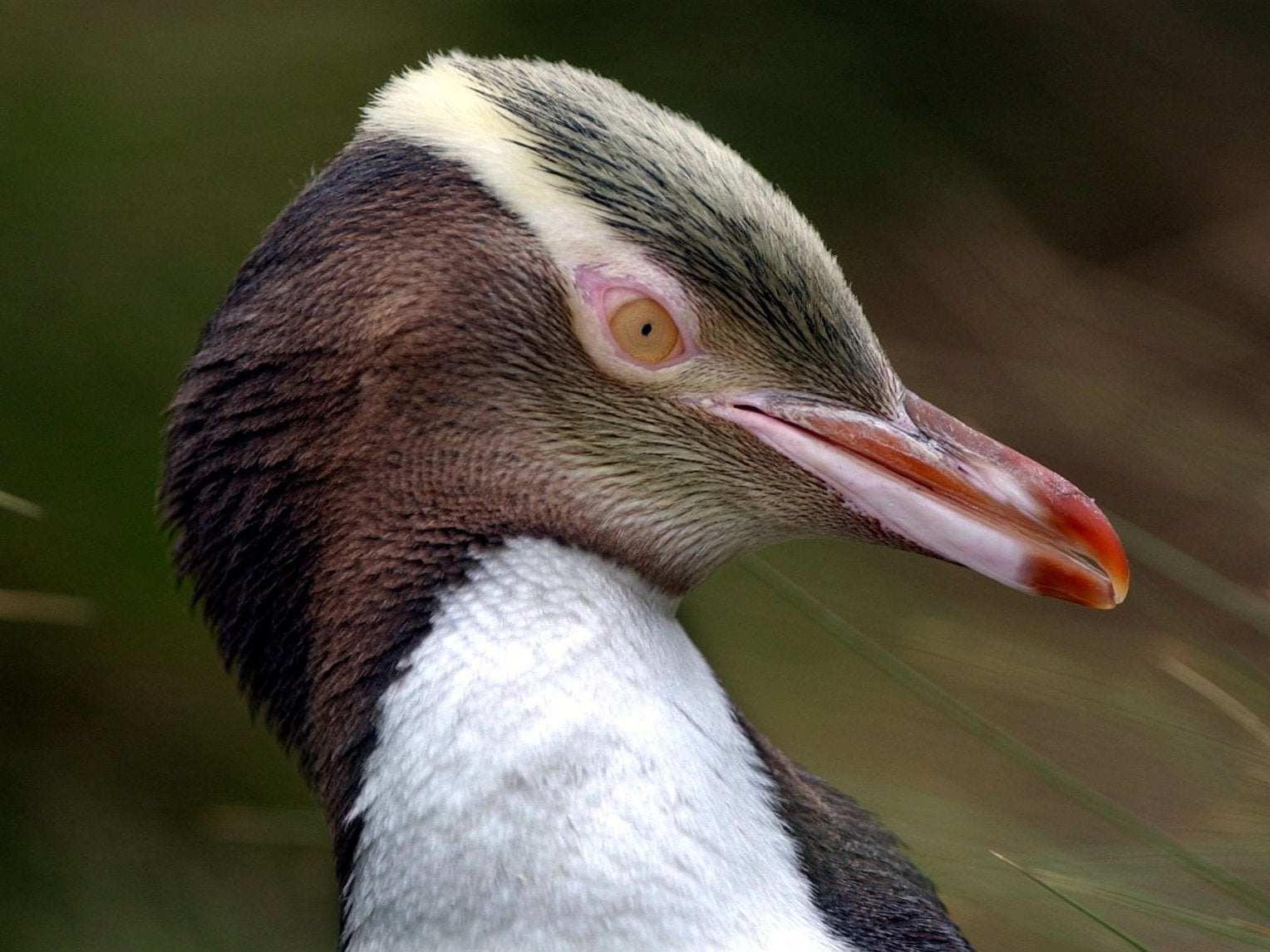
Penguins flourished in island paradises before humans came for dinner
For thousands of years, penguins have darted through the waters of the southern oceans, chasing fish and surfacing to nest on islands and landmasses sprinkled from the Galápagos to the Antarctic. Today there are around 20 penguin species, ranging from the playful adelie to the stately emperor. But there once were other penguins, including a previously unknown subspecies of dwarf yellow-eyed penguin in New Zealand.
You won’t be seeing it any time soon. It is extinct, apparently wiped out by humans hundreds of years ago.
“We suspect that these megadyptes penguins were on their way to becoming a full new species,” says Theresa Cole, a graduate student at University of Otago in New Zealand and co-author of a paper about this bird and another newly discovered extinct subspecies of crested penguin. “But they just didn’t get a chance, because people ate them.”
Cole and her colleagues sequenced DNA from many penguin species and built a family tree of the waddling birds, living and dead. The resulting research, published recently in the journal Molecular and Biological Evolution, led to the discovery of these two subspecies. It also suggests that the same island environments that resulted in such diversity in the penguin family can also be linked to doom for some as they eventually came into contact with hungry human settlers.
With their family tree, Cole and her fellow researchers set out to understand when it was that these birds started to diverge from each other. The researchers linked the tree to the dates assigned to fossilised penguins, and from that, they were able to deduce the rough timing of the penguins’ radiation into different species over millions of years.
That revealed something intriguing. Many penguins are native to specific volcanic islands, which arose relatively quickly from solidified lava. Often, the researchers found, the appearance of new penguin species was closely tied in time to the appearance of those penguins’ native islands. In other words, before the islands formed, the species that call them home today did not exist. Rather, these species came into being when penguins from elsewhere popped out of the sea near the new patches of earth, began to make a new life for themselves and slowly evolved into a new species.
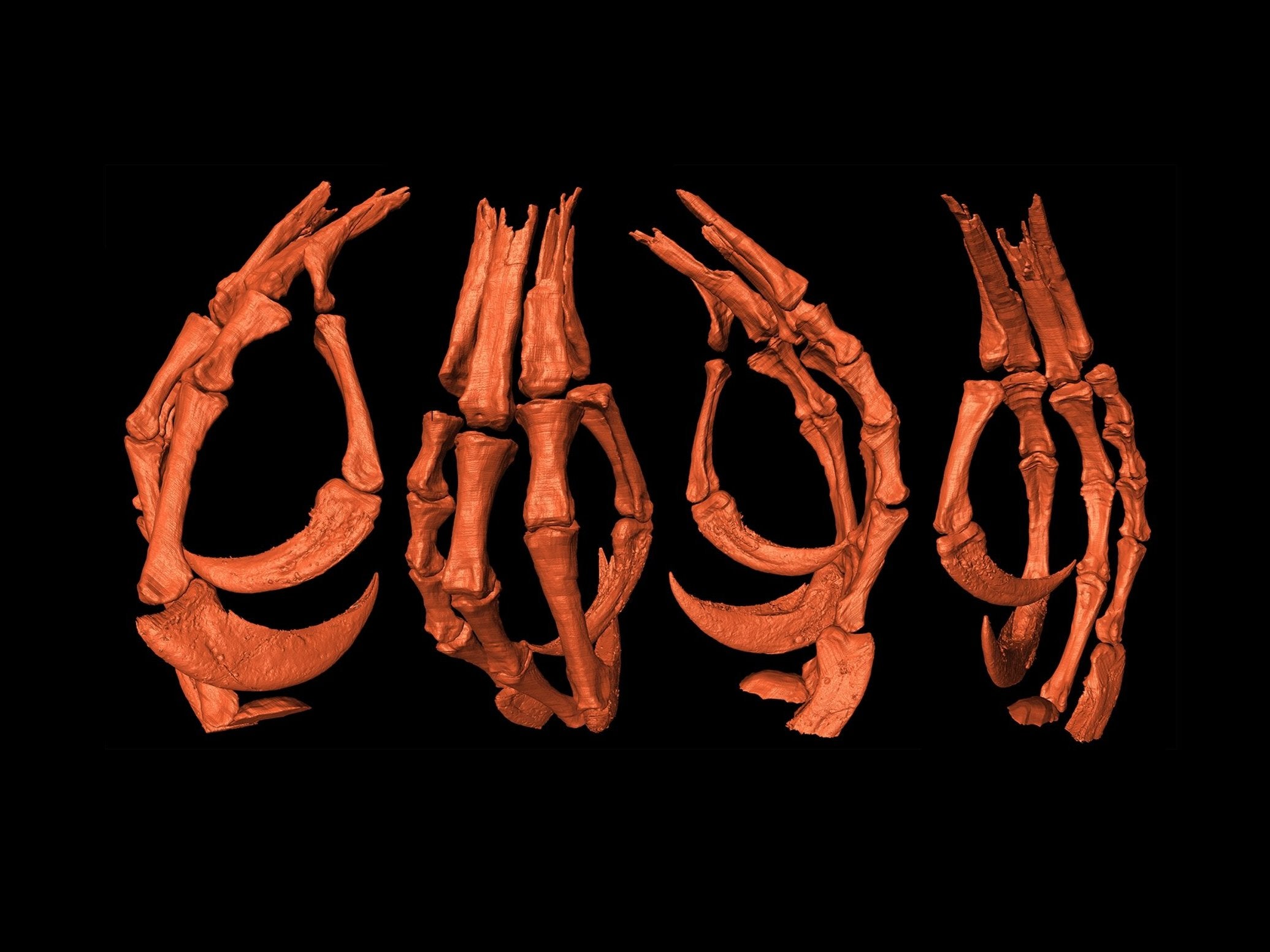
A claw in amber preserves secrets 99 million years old
In the bustling amber markets of Myanmar, a palaeontologist named Lida Xing has collected tiny golden time capsules containing prehistoric insects, a baby snake and most famously a dinosaur’s feathered tail. One day in 2014, a bead seller’s wares caught his eye.
“I noticed that there was a very small bird foot in one of the beads, which made me very excited,” says Xing, who works at the China University of Geosciences in Beijing.
After some quick negotiations, Xing swooped up the specimen, a grisly, dismembered claw suspended in the beautiful honey-coloured bead, which he called “Ugly Foot”. With the 99-million-year-old amber bead now in his possession, Xing and his colleagues studied and CT-scanned the entombed appendage. They saw that the top of the foot was coated in fuzzy feathers. Closer inspection revealed that there were bristle-like feathers protruding from the tops of the toes.
“Feathered birds or feathered dinosaurs with feathered feet have been something that scientists have been looking for decades,” says Jingmai O’Connor, a palaeontologist from the Institute of Vertebrate Palaeontology and Palaeoanthropology of the Chinese Academy of Sciences in Beijing.
The finding, published recently in the journal Scientific Reports, offers clues to better understand how the feet of birds and their extinct relatives have changed over time, the scientists say. It also contributes to the study of the evolutionary transition that occurred among dinosaurs, prehistoric birds and the birds we see flying around today.
Instead of “Ugly Foot”, the team bestowed upon their fuzzy bird foot a more endearing nickname.
“This specimen we called ‘Hobbit Foot’ because hobbits are known for having really hairy feet,” O’Connor says.
The “Hobbit Foot” belonged to a member of a now extinct group of birds called enantiornithines, which were prehistoric relatives of living birds. Unlike most modern birds, many enantiornithines – or “opposite birds” – had beaks with teeth and claws protruding from their wings. They also lacked fanned tails.
The reason palaeontologists thought prehistoric birds with feathered feet existed, O’Connor says, was because we had seen traces of their fluffy feet in present-day birds.
Additional reporting by Steph Yin, Dennis Overbye, Robin George Andrews, Veronique Greenwood and Nicholas St Fleur
© New York Times
Join our commenting forum
Join thought-provoking conversations, follow other Independent readers and see their replies
0Comments